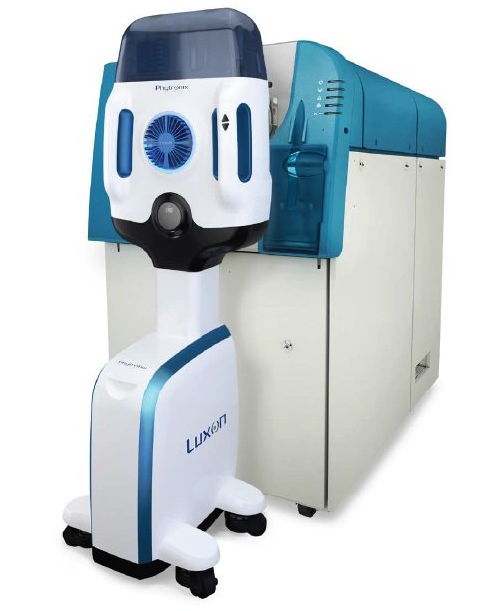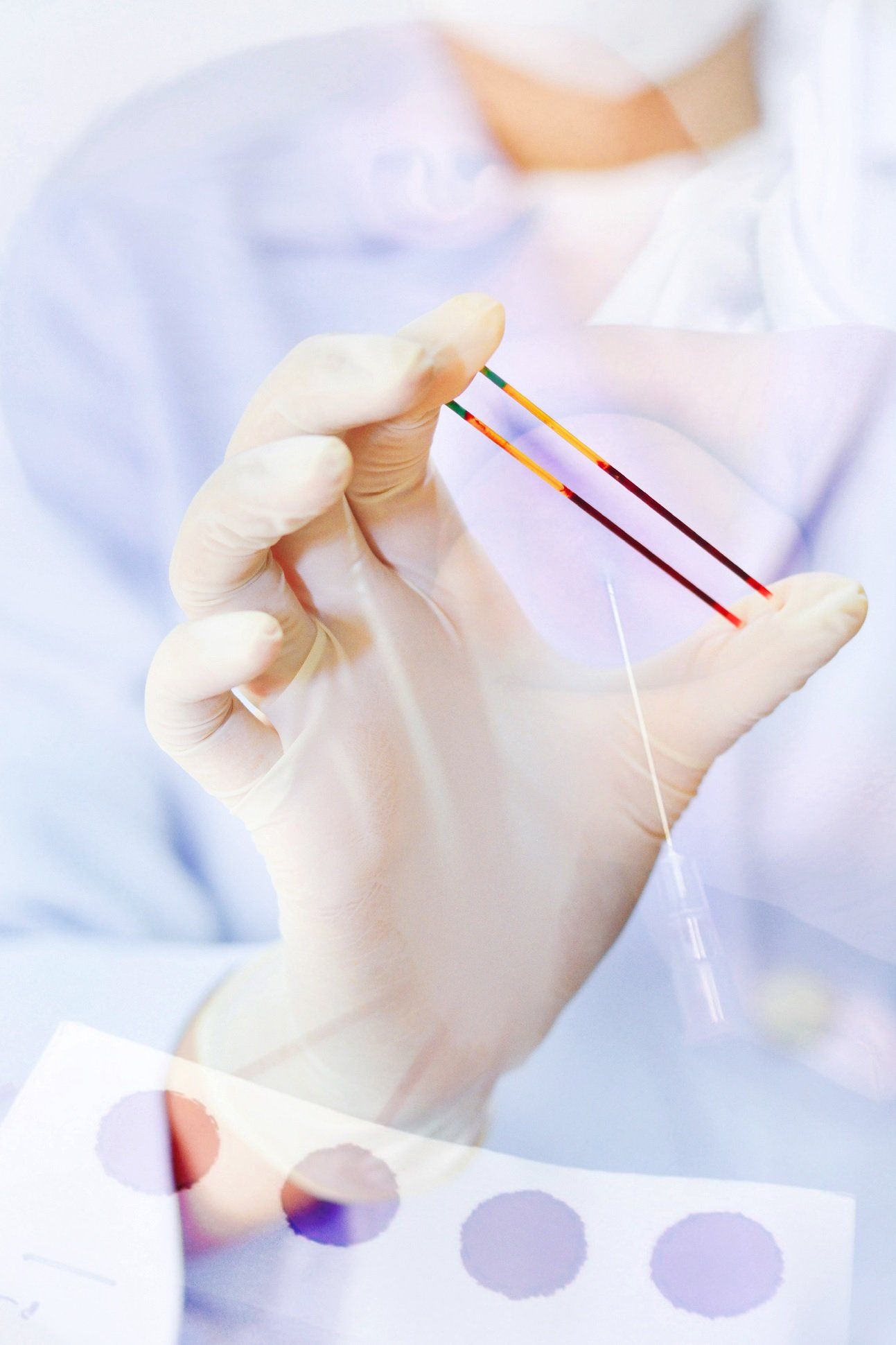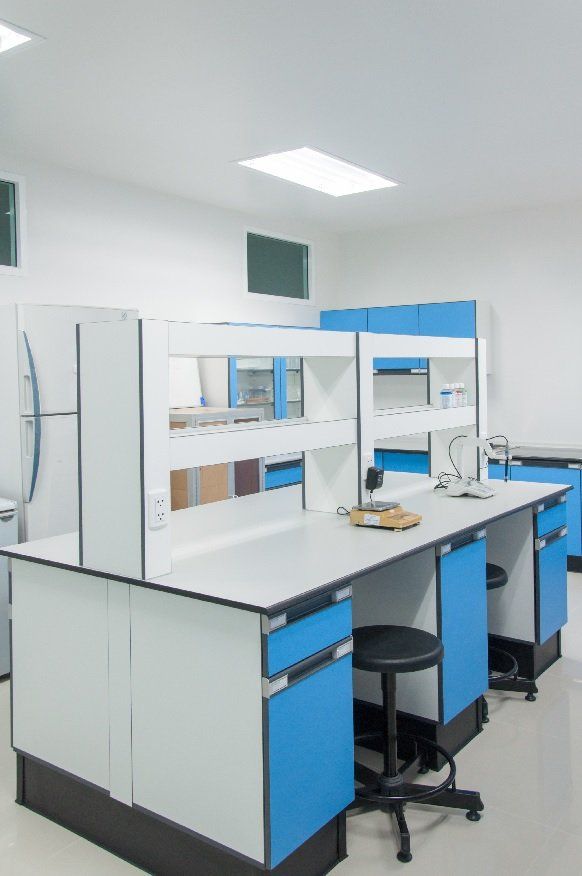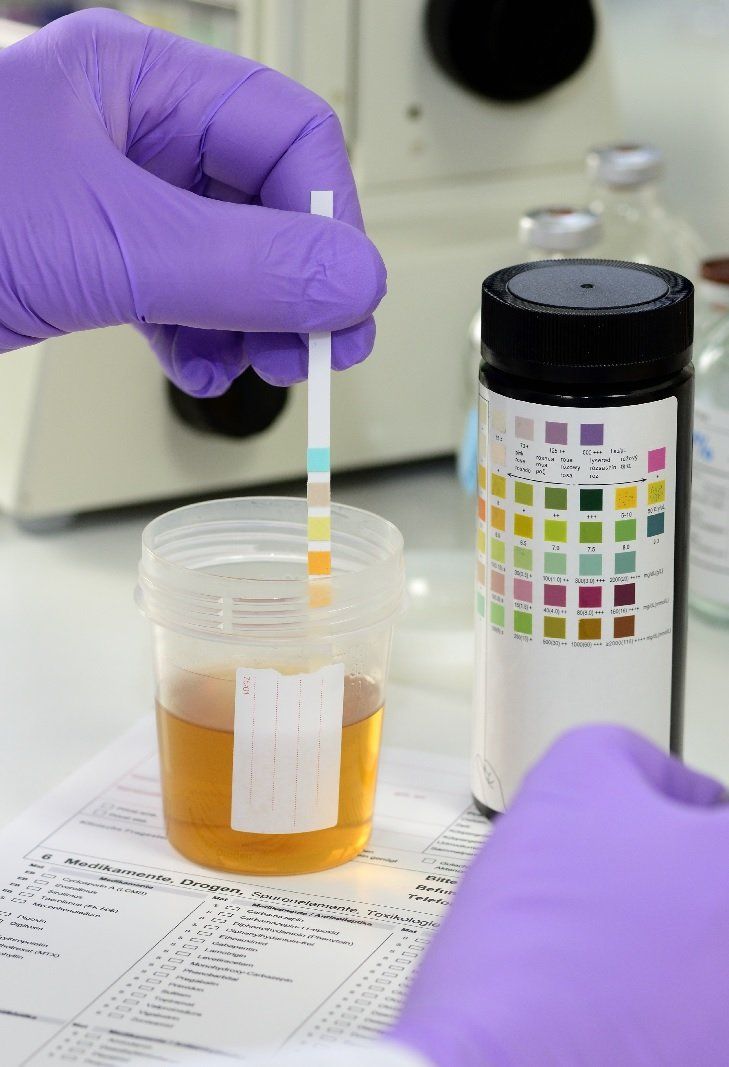Luxon/Laser Diode Thermal Desorption (LDTD)
Luxon Ion Source/Laser Diode Thermal Desorption (LDTD)
The Luxon/LDTD ion source is a disruptive high throughput technology invented and patented by Phytronix Technologies (Canada), and distributed in the US by Overbrook Scientific.
The Luxon/LDTD makes use of a laser diode to thermally desorb a dried sample into gas phase, and by transporting the neutral species through Atmospheric Pressure Chemical Ionization (APCI) using compressed air. The Luxon/LDTD achieves a very fast and efficient sample introduction into a tandem mass spectrometer (LC-MS/MS) in less than 5 seconds. It is a direct sample introduction source that does not require chromatographic separations prior to detection via tandem mass spectrometry. A technology that is superior to anything on the market.

Speak to a Team Member?
Contact us today at (617) 364-7683









